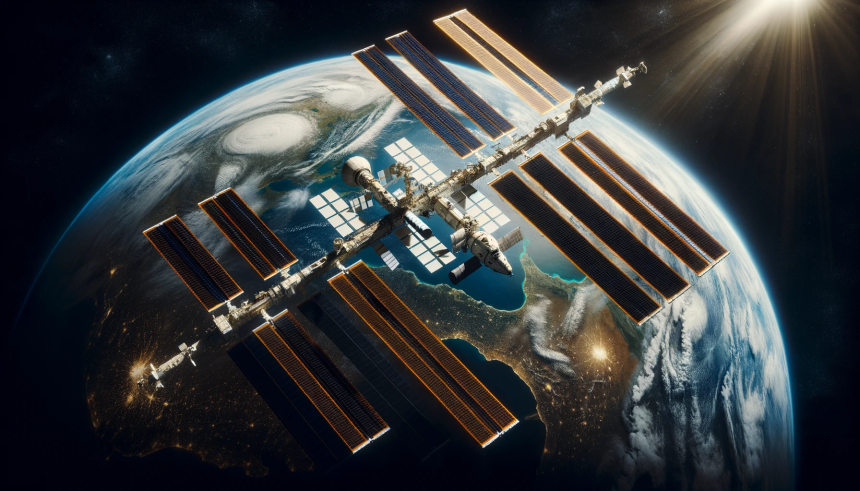NASA has introduced an advanced 3D visualization of the famed Pillars of Creation, employing data from the Hubble and James Webb Space Telescopes. This visualization, part of NASA’s Universe of Learning program, offers a new perspective on these iconic structures within the Eagle Nebula. By utilizing both visible-light and infrared-light views, the visualization provides a unique, in-depth exploration of the star-forming region. For an in-depth look at this achievement, visit the NASA Science website.
3D Visualization Details
The latest visualization, developed by the Space Telescope Science Institute (STScI), allows viewers to virtually fly through the Pillars of Creation. This sophisticated representation is derived from observational data and showcases the pillars’ intricate structures and differences in appearance when viewed in both visible and infrared light. The integration of data from the Hubble and James Webb telescopes highlights the complementary nature of these powerful observatories in studying celestial phenomena.
The visualization project, led by Frank Summers of STScI, emphasizes the importance of using multiple wavelengths to understand the complexity of astronomical objects. This effort has produced a detailed and layered portrayal of the Pillars of Creation, enabling both scientists and the public to appreciate the nuances of these star-forming regions more profoundly.
Scientific Insights
The Pillars of Creation are predominantly composed of molecular hydrogen and dust, being sculpted by the intense radiation from nearby young stars. The visualization highlights the intricate structures within the pillars, including finger-like projections containing embryonic stars. These details offer insights into the processes of star formation and the dynamic interactions between stellar winds and interstellar material.
The development of this visualization was based on a science paper by Anna McLeod from the University of Durham, who also served as a scientific advisor for the project. This collaboration ensures that the visualization is not merely artistic but grounded in scientific observation and analysis.
Educational and Interactive Elements
NASA’s Universe of Learning has also introduced a 3D printable model of the Pillars of Creation, enabling tactile interaction with this celestial phenomenon. Additionally, educational resources such as ViewSpace, a video exhibit available in numerous museums and planetariums, further enrich the learning experience by providing interactive tools to explore the images produced by space telescopes.
The 3D visualization serves as a part of a narrated video that combines scientific explanations with engaging visual content aimed at diverse audiences, including students, families, and lifelong learners. This initiative showcases how scientific data can be transformed into educational tools that inspire curiosity and understanding of the universe.
When the Hubble Space Telescope first captured the Pillars of Creation in 1995, it revolutionized how people perceived star-forming regions. Recent enhancements with James Webb’s infrared capabilities have provided even more clarity, revealing previously hidden details. This evolution underscores the continuous advancements in astronomical technology and their impact on our comprehension of the cosmos.
Comparing the current visualization with earlier representations, it’s evident that combining data from multiple telescopes yields a richer and more comprehensive understanding. Previous visualizations primarily relied on Hubble’s images, but incorporating Webb’s infrared data has unveiled new aspects of the Pillars, such as embedded stars and intricate dust structures, previously obscured from view.
The intricate interplay between technology and scientific inquiry is apparent in the creation of this 3D visualization. It not only enhances scientific knowledge but also democratizes access to complex astronomical phenomena by making them comprehensible and engaging for broader audiences. This approach aligns with ongoing efforts to use advanced visualization techniques in educational outreach.
The Pillars of Creation remain emblematic of the beauty and complexity of the universe. By merging observations from Hubble and Webb, NASA provides a more nuanced picture of these structures, emphasizing the significance of using multi-wavelength data in astronomy. This visualization is a testament to the collaborative efforts of scientists and educators in making space science accessible and intriguing.










